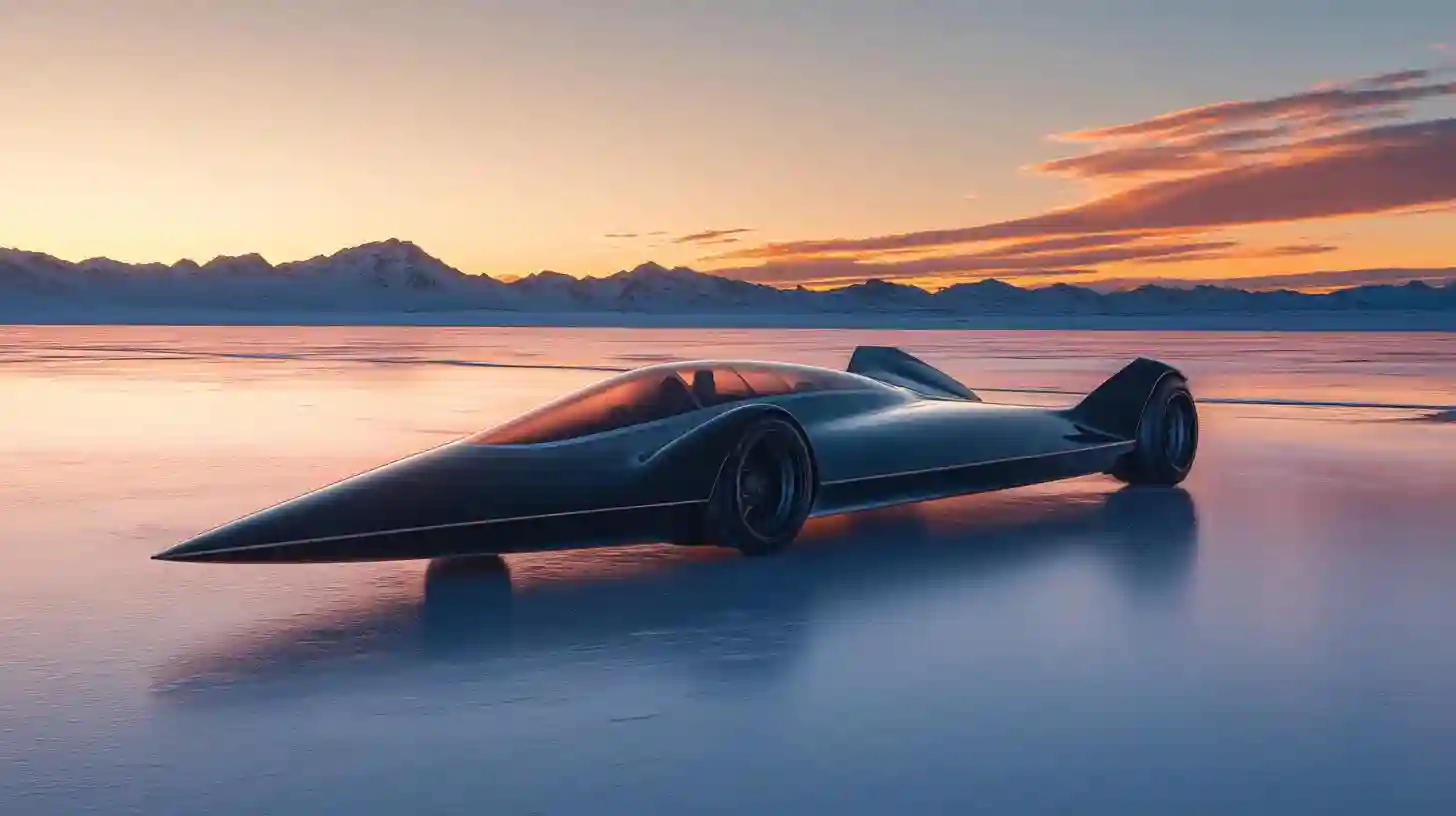
For years, the quest for speed has led engineers and automotive enthusiasts on a relentless journey toward creating a vehicle that can shatter all previous records of velocity. Enter the new generation of supersonic cars, an extraordinary endeavor by innovators defying the boundaries of modern engineering and pushing the limits of what is possible on land. These vehicles, engineered for near-space velocities, challenge conventional notions of transportation, offering an exhilarating glimpse into the future of driving.
At the heart of the supersonic car's design lies cutting-edge technology that seamlessly marries aerodynamics with advanced propulsion systems. The sleek, elongated chassis minimizes air resistance, allowing the vehicle to slice through the atmosphere with remarkable efficiency. This design is not merely a stylistic choice but a necessity for achieving and maintaining extreme speeds. Each curve and angle is meticulously calculated to ensure that every aspect of the car works harmoniously to maximize performance.
One of the most significant advancements in the creation of supersonic cars is the implementation of hybrid power systems, which combine traditional fuel sources with electric propulsion. This innovative technology allows for an increase in power while simultaneously reducing emissions, making these vehicles not only incredibly fast but also more environmentally friendly than their predecessors. Such advancements indicate a shifting paradigm in the automotive industry, where speed does not come at the expense of sustainability.
The construction of these remarkable vehicles involves the use of lightweight yet robust materials, such as carbon fiber and aerospace-grade aluminum. These materials contribute to both the overall weight reduction and the structural integrity required to withstand the immense forces experienced at extreme speeds. The engineering team works diligently in wind tunnel tests to ensure that each prototype demonstrates minimal drag and maximum stability. The fruits of this labor can be seen in the supersonic car's unusual yet striking appearance as it stands poised, ready to launch into an adventure unlike any other.
Yet, the quest for speed is not without its challenges. The extreme forces exerted on the car while it operates at these breakneck speeds can be dangerously high. Precise engineering is vital to ensure that components do not fail under pressure. The braking systems, for instance, are designed to handle the intense heat generated by friction when decelerating from supersonic velocities. These challenges necessitate a relentless focus on safety, leading to the development of advanced monitoring systems that provide real-time data on vehicle performance and driver health.
Furthermore, the experience of driving a supersonic car is markedly different from conventional vehicles. Imagine a cabin designed with ergonomics and comfort in mind, integrating cutting-edge cockpit interfaces that allow drivers to monitor speed, direction, and engine parameters effortlessly. Enhanced technology provides an immersive driving experience where the driver is not merely a passenger but an active participant in navigating the future of mobility. The rush of acceleration can invoke a sense of exhilaration that is beyond comparison, redefining the very essence of what it means to drive.
The impact of supersonic vehicles is not confined to racing circuits or high-speed tracks; their potential applications extend to various sectors. In commercial scenarios, for instance, the capability to cover vast distances at previously unimaginable speeds could revolutionize the logistics and transportation industries. In the age of real-time data and rapid deliveries, the emergence of these vehicles could redefine supply chain dynamics, increasing efficiency and reducing transit times drastically.
As the world becomes increasingly interconnected, the allure of high-speed travel will likely lead to broader acceptance of supersonic cars. With ongoing research and development, the prospect of everyday consumers experiencing the thrill of operation at astronomical velocities may soon be within reach. The fusion of advanced technology, imaginative design, and daring ambition embodies not only the future of speed but also a new era in transportation.
While the road to realizing these speed demons is filled with obstacles, the journey of innovation continues to propel the industry forward. Each breakthrough in engineering, materials science, and design brings us closer to a reality that was once only a dream. The arrival of the supersonic car signifies a transformative shift in the automotive landscape, inviting enthusiasts and futurists alike to dare to imagine a world where velocity knows no boundaries.